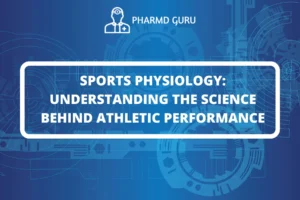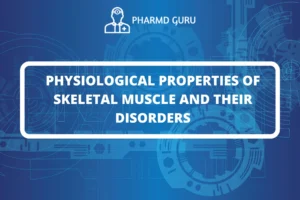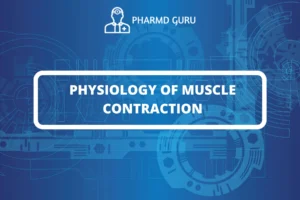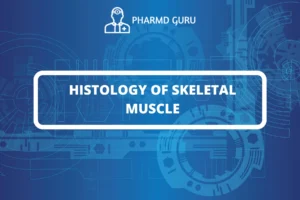Pregnancy is a remarkable physiological process in which a fertilized egg develops into a fetus within the mother’s womb. It involves multiple stages and hormonal changes to support the growth and development of the baby until birth. Let’s explore the main phases of pregnancy, the mechanisms of maintenance during gestation, and the process of parturition (childbirth).
SCROLL DOWN TO THE BOTTOM OF THE PAGE FOR ACTUAL NOTES
Pregnancy Phases:
- Fertilization: Pregnancy begins with fertilization, which occurs when a sperm cell successfully fuses with an egg (ovum) in the fallopian tube. This forms a zygote, containing the complete set of chromosomes from both parents.
- Implantation: The zygote undergoes rapid cell divisions as it travels through the fallopian tube towards the uterus. Approximately 6-7 days after fertilization, the blastocyst (a hollow ball of cells) attaches to the lining of the uterus in a process called implantation.
- Embryonic Stage: The embryonic stage lasts from implantation until the end of the eighth week of pregnancy. During this period, the major organs and structures of the developing baby form, and the embryo is highly susceptible to external influences.
- Fetal Stage: The fetal stage begins at the end of the eighth week and continues until birth. During this stage, the embryo is now called a fetus, and its organs continue to mature and grow.
Hormonal Maintenance during Pregnancy:
The maintenance of pregnancy is largely regulated by hormones, primarily produced by the placenta (a temporary organ that develops during pregnancy to provide nutrients and oxygen to the fetus). The key hormones involved in pregnancy maintenance include:
- Human Chorionic Gonadotropin (hCG): After implantation, the embryo secretes hCG, which helps sustain the corpus luteum (a structure in the ovary) and maintain the production of progesterone. Progesterone is essential for maintaining the uterine lining and preventing menstruation during early pregnancy.
- Progesterone: Throughout pregnancy, progesterone levels remain high, supporting the growth of the uterine lining and inhibiting uterine contractions that could lead to premature labor.
- Estrogen: Estrogen levels also increase during pregnancy, contributing to the growth and development of the fetus, the enlargement of the breasts, and the preparation of the mammary glands for breastfeeding.
- Relaxin: The hormone relaxin helps relax the ligaments and joints in the pelvic region, preparing the mother’s body for childbirth.
Parturition (Childbirth):
Parturition, commonly known as childbirth, is the process by which the baby is expelled from the mother’s uterus and delivered into the world. It is triggered by a complex interplay of hormonal and physiological changes.
- Initiation of Labor: As the pregnancy nears its full term, the fetal adrenal glands produce increasing amounts of cortisol, leading to an increase in the production of prostaglandins. Prostaglandins stimulate uterine contractions and help prepare the cervix for delivery.
- Oxytocin Release: As labor progresses, the hormone oxytocin is released, stimulating stronger and more regular contractions. Oxytocin is also involved in bonding and facilitates the release of breast milk during breastfeeding.
- Cervical Dilation and Effacement: The cervix, the lower part of the uterus, undergoes dilation (opening) and effacement (thinning) to allow the baby to pass through the birth canal.
- Delivery: During the final stages of labor, intense uterine contractions and coordinated efforts by the mother push the baby through the birth canal and into the world.
- Afterbirth: Following the baby’s delivery, the placenta and fetal membranes are expelled from the uterus in a stage called afterbirth.
Conclusion:
Pregnancy is a miraculous journey that involves the development of a fertilized egg into a fully-formed baby. Hormones play a critical role in maintaining pregnancy by supporting the growth of the fetus and ensuring a safe environment for development. The process of childbirth, triggered by hormonal and physiological changes, marks the end of pregnancy and the beginning of a new chapter in the life of both the mother and the baby.
ACTUAL NOTES




